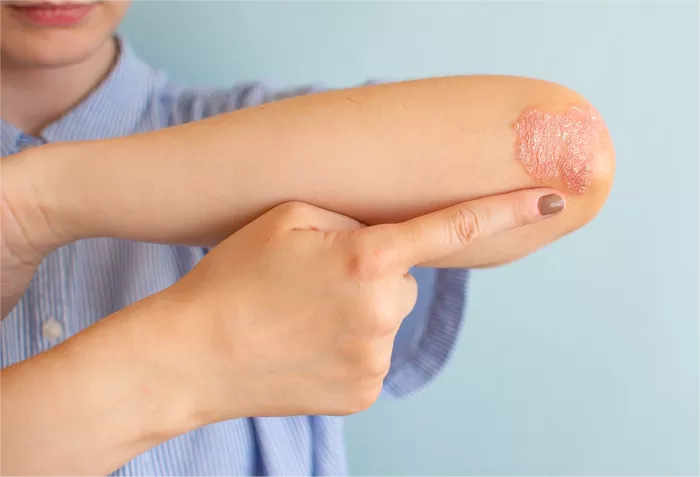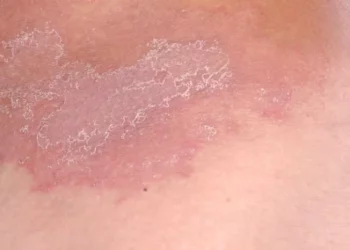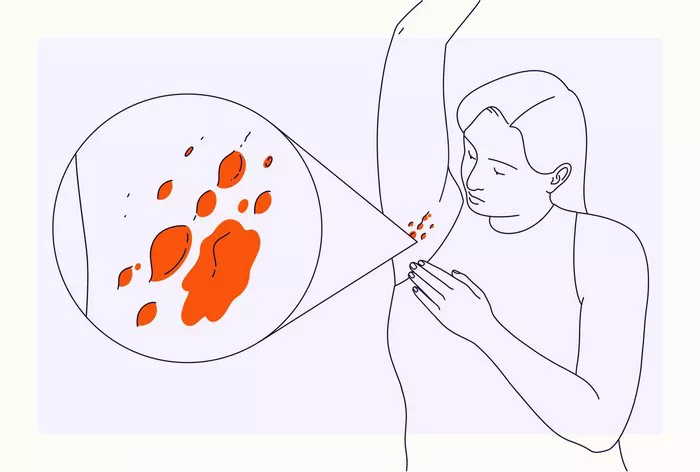Ringworm, despite its misleading name, is not caused by worms but by fungi called dermatophytes. This condition is common worldwide, affecting the skin, hair, and nails, and manifests as red, itchy, ring-shaped rashes. As people often wonder about the vectors for various infections, a pertinent question arises: can mosquitoes cause ringworm? To address this question, it is essential to delve into the nature of both mosquitoes and ringworm, explore their respective roles in disease transmission, and examine any potential connections between them.
The Biology and Role of Mosquitoes in Disease Transmission
Mosquitoes are well-known vectors for several serious diseases, including malaria, dengue fever, Zika virus, and West Nile virus. These small, flying insects feed on blood, which they need for the development of their eggs. The process of blood-feeding involves piercing the skin of a host with their proboscis, injecting saliva that contains anticoagulants and proteins to prevent blood clotting and facilitate feeding.
The transmission of diseases by mosquitoes occurs when they carry pathogens from one host to another. For instance, when a mosquito bites an infected person, it may ingest pathogens present in the person’s blood. These pathogens then undergo development or replication within the mosquito before being transmitted to a new host through subsequent bites. This cycle is crucial for understanding how mosquitoes transmit viral and parasitic diseases.
SEE ALSO: Does Ringworm Leave White Patches?
Understanding Ringworm and Its Causes
Ringworm, medically known as dermatophytosis, is a fungal infection caused by dermatophytes belonging to genera such as Trichophyton, Microsporum, and Epidermophyton. These fungi thrive in warm, moist environments and can infect the keratinized tissues of humans and animals, leading to the characteristic ring-shaped lesions.
The transmission of ringworm primarily occurs through direct contact with an infected person or animal. It can also spread through contact with contaminated objects such as towels, clothing, or surfaces where the fungi can survive for extended periods. Given the mode of transmission, environments like locker rooms, swimming pools, and communal showers are common places for ringworm outbreaks.
Examining the Potential Link Between Mosquitoes and Ringworm
To determine if mosquitoes can cause ringworm, it is crucial to understand the biological requirements for the transmission of fungal infections compared to viral and parasitic ones. The transmission mechanisms for pathogens that mosquitoes are known to carry involve the ingestion and inoculation of blood-borne agents. These agents are then transmitted during subsequent feedings.
Fungi, however, differ significantly from viruses and parasites in their biology and transmission methods. Dermatophytes causing ringworm do not rely on blood for reproduction or transmission. Instead, they spread through direct contact with infected skin or spores that reside on surfaces. This fundamental difference makes it unlikely for mosquitoes to act as vectors for ringworm.
Scientific Evidence on Mosquitoes and Fungal Infections
Current scientific literature does not support the notion that mosquitoes can transmit fungal infections like ringworm. Studies on mosquito-borne diseases have consistently focused on viral and parasitic pathogens, with no evidence suggesting that mosquitoes can carry or transmit dermatophytes.
A crucial aspect of disease transmission by vectors is the ability of the pathogen to survive and replicate within the vector. Viruses like the dengue virus and parasites like the Plasmodium species that cause malaria have specific life cycles that involve development within the mosquito. Dermatophytes, on the other hand, do not have such a life cycle phase within insect vectors. Their mode of transmission is primarily through direct skin contact and environmental contamination, which mosquitoes do not facilitate.
Comparing Modes of Transmission: Fungi vs. Blood-Borne Pathogens
To further clarify why mosquitoes cannot cause ringworm, it is helpful to compare the transmission modes of fungi and blood-borne pathogens. Blood-borne pathogens rely on the vector’s ability to access the bloodstream of the host, where these pathogens can thrive and multiply. Mosquitoes, through their proboscis, can access the bloodstream and facilitate the transfer of these pathogens during feeding.
Fungi, including those causing ringworm, do not inhabit the bloodstream but reside on the skin’s surface and keratinized tissues. They reproduce through spores, which require direct contact with the skin or a suitable environment to infect a new host. This mode of reproduction and transmission does not align with the feeding habits and biological functions of mosquitoes.
SEE ALSO: Does Ringworm Cause Flaky Skin?
Common Misconceptions and Public Awareness
Despite the scientific understanding that mosquitoes cannot transmit ringworm, misconceptions may still persist among the general public. Misunderstandings about disease transmission are not uncommon, and the similarity in the visible irritation caused by mosquito bites and ringworm lesions may contribute to confusion.
Public health education plays a critical role in dispelling these misconceptions. Clear and accurate information about the distinct transmission routes of various diseases can help reduce unwarranted fears and promote appropriate preventative measures. Educating the public about how ringworm spreads and how to avoid it can prevent unnecessary concerns about mosquito bites leading to fungal infections.
Preventative Measures Against Ringworm and Mosquito-Borne Diseases
While mosquitoes do not cause ringworm, it is essential to address both mosquito-borne diseases and ringworm through appropriate preventive measures. Understanding the distinct ways these health issues spread can guide effective prevention strategies.
Preventing Mosquito-Borne Diseases:
1. Use Insect Repellents: Apply EPA-approved insect repellents to exposed skin and clothing to reduce the risk of mosquito bites.
2. Wear Protective Clothing: Wear long-sleeved shirts and long pants, especially during peak mosquito activity times, such as dawn and dusk.
3. Eliminate Breeding Sites: Remove standing water from around homes to reduce mosquito breeding sites.
4. Use Bed Nets: In areas where mosquito-borne diseases are prevalent, use bed nets, particularly treated with insecticide, to protect while sleeping.
5. Install Screens: Ensure windows and doors have screens to prevent mosquitoes from entering indoor spaces.
Preventing Ringworm:
1. Maintain Good Hygiene: Regularly wash hands and body, especially after contact with animals or potentially contaminated surfaces.
2. Avoid Sharing Personal Items: Do not share towels, clothing, hairbrushes, or other personal items that may carry fungal spores.
3. Keep Skin Dry: Ensure skin, particularly in warm and moist areas of the body, is kept dry and clean to prevent fungal growth.
4. Wear Flip-Flops in Communal Areas: Use flip-flops or shower shoes in communal showers and locker rooms to reduce direct contact with contaminated surfaces.
5. Treat Infected Pets: If pets are infected with ringworm, seek veterinary treatment and limit contact until they are cured to prevent the spread of the infection.
Conclusion:
In conclusion, mosquitoes cannot cause ringworm. The biological mechanisms and transmission routes for mosquitoes and dermatophytes are fundamentally different. While mosquitoes are significant vectors for various viral and parasitic diseases, they do not have the capacity to transmit fungal infections like ringworm. Understanding these distinctions is crucial for accurate public health information and effective disease prevention.
By focusing on the specific preventive measures for each type of health issue—mosquito-borne diseases and ringworm—individuals can protect themselves and reduce the risk of infection. Public education efforts should emphasize these distinctions to clear up any misconceptions and ensure a well-informed community.
Related Topics:


























